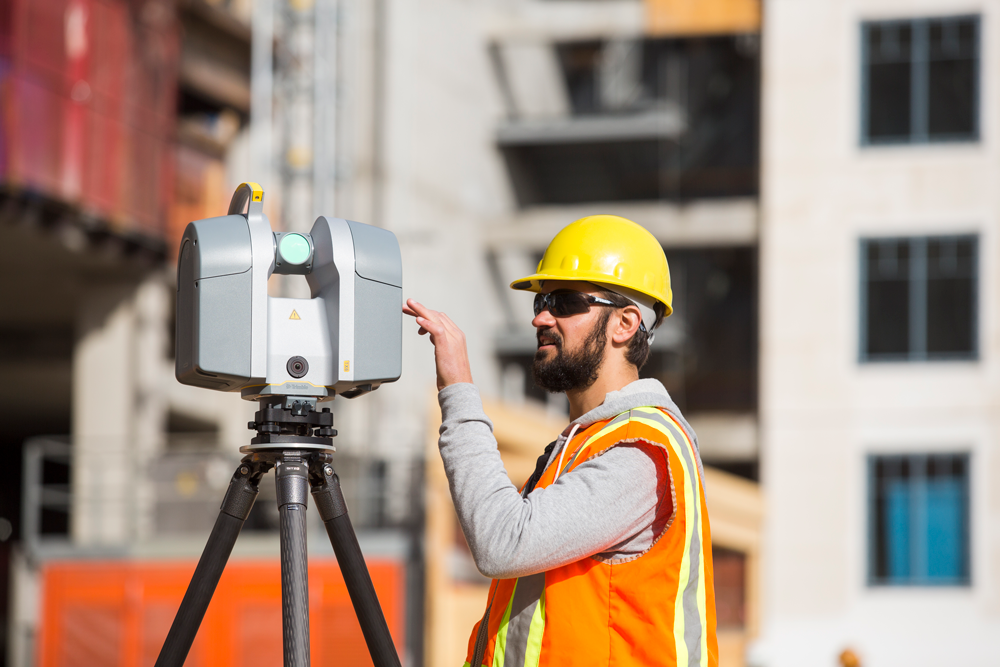In today’s quickly changing technological environment, 3D Laser Scanning Services have become a game-changing tool for a variety of businesses. 3D laser scanning provides unmatched accuracy and efficiency in a variety of jobs, from manufacturing and heritage preservation to construction and design, by precisely capturing high-resolution data in three dimensions. This article explores the many uses of 3D laser scanning services as well as their many advantages. It also dives into the nuances of these services.
3D laser scanning: what is it?
3D laser scanning is a technique that makes precise measurements of an object’s size, shape, and spatial relationships using laser technology. Projecting laser beams onto an object’s surface and recording the reflected light is how the technology operates. Millions of points, or “point clouds,” are gathered by the scanner and utilised to build a precise and comprehensive three-dimensional model of the scanned region or object.
There are several uses for the digital models that are produced, including documentation, quality control, design, and analysis. 3D laser scanners are extremely useful in scenarios where conventional measurement techniques might not be feasible or accurate enough.
Uses for 3D Laser Scanning Technologies
Because 3D laser scanning technology can swiftly and efficiently gather exact data, it is employed in a variety of industries. Among the important applications are:
Building and Design
3D laser scanning is utilised in the building and architectural industries for a variety of tasks, including site investigation and building information modelling (BIM). Professionals can measure the current state of a construction site accurately by scanning it; these measurements are essential for planning and developing new structures. Furthermore, 3D laser scanning facilitates the comparison of as-built structures with design models, which helps with quality assurance.
Industrial Design and Manufacturing
3D Laser Scanning in London is used in manufacturing for quality control, product design, and reverse engineering. Engineers can develop detailed 3D models of an existing part by scanning it. These models can then be utilised to produce enhanced or identical reproductions of the product. When original CAD (Computer-Aided Design) files are not available, this is quite helpful. Additionally, 3D scanning facilitates the detection of flaws or variations from the intended design, guaranteeing superior manufacturing standards.
Archaeology and the Preservation of Heritage
Another important application of 3D laser scanning is the preservation of historical sites and artefacts. With the use of technology, detailed digital records of heritage places can be created and utilised for public education, research, and repair. With 3D scanning, archaeologists may capture excavation sites in great detail and have a permanent digital record to study without having to worry about causing harm to the actual site.
Medical Care and Medication
3D laser scanning is utilised in the medical profession to generate personalised implants, orthotics, and prostheses. Medical practitioners may create devices that fit flawlessly by taking a patient’s body scan, which enhances patient comfort and results. Moreover, surgical planning makes use of 3D scanning, which gives doctors the ability to see intricate anatomy and plan procedures more precisely.
Entertainment and Motion Pictures
For use in motion pictures, video games, and virtual reality, the entertainment business uses 3D laser scanning to build lifelike digital models of characters, objects, and surroundings. Studios can create incredibly detailed CGI (Computer-Generated Imagery) that improves the visual experience for viewers by scanning performers and real sets.
Advantages of Services for 3D Laser Scanning
The many advantages that 3D laser scanning services provide over conventional measurement and documentation techniques are what have led to their widespread use. Among these advantages are:
Unmatched Accuracy and Precision
The incredibly precise data acquisition offered by 3D laser scanning is one of its biggest advantages. Because point clouds have such great resolution, even minute features may be captured, allowing for the creation of precise 3D models with a wide range of applications. This degree of precision is especially necessary in sectors like manufacturing, healthcare, and construction where precise measurements are essential.
Efficiency in terms of Time and Cost
Comparing 3D laser scanning to conventional methods, the amount of time needed to collect data is greatly reduced. For example, in the building industry, a site that could require several days to hand survey can be scanned in a matter of hours. When tasks can be finished faster and with less labour resources, the time saved adds up to savings. Furthermore, the ability to identify mistakes early on in the procedure avoids delays and expensive rework.



Recent Comments